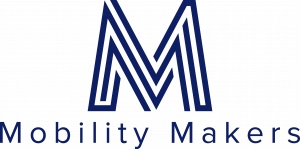A few words from…
Hi. I’m Lukas Neckermann. I am COO of Splyt. I’m also an advisor to a number of other startups, and I’ve been in the mobility space for, well, almost ten years now.
What’s the key trend you see in mobility?
First, there’s a key trend that we, as an industry need to be aware of. That’s aggregation of apps, super apps. In addition, apps that combine not just modes of transportation, but even financial services, food delivery, any kinds of delivery, for that matter.
Is mobility a full-blown industry?
Certainly, as an industry, we really should recognize that we stand alone. However, we also stand within an ecosystem and we’re even creating an ecosystem. Basically, an ecosystem that encompasses public transport, automotive, energy, sustainability topics, and much, much more.
Above all, we’re not derivative of automotive. Furthermore, we are creating and building this ecosystem with evaluation of over a trillion dollars.
How to get a sustainable model in mobility?
First, where is the money?
Generally, it’s really important for us to build business models that work. I addition, we can’t all be chasing after users, individual users.
For example, mobility as a service. I love it. Although I’m deeply, deeply, passionate about mobility as a service, but we have a user acquisition problem. For this reason, each one of us in the industry has 50 mobility apps on our phones. The idea, then, is to integrate into city-based mobility as a service apps.
While, the only issue then is, if we travel across city borders, we all end up with 50 individual city based apps, all integrated, and fantastic.
Given that, the reality is integrated means that we need to integrate into those apps, It’s not good enough anymore to get 3% or 5% of the residents of a city. Whereas, we need to get 50%, 70%, 80% of the residents of a city and the visitors to a city to use mobility services.
What’s your favorite mode of transportation?
Certainly, like many of us, my favorite mode of transportation is whatever my smartphone tells me to do.
While, I walk a lot, I bike a lot. I also use car sharing, ride, hailing, scooters, bikes, public transportation. On the other side, every once in a while, I’ll get into a privately owned vehicle, but don’t tell anyone.
Thank you Lukas for sharing with us!
Stay tuned for more insights!

